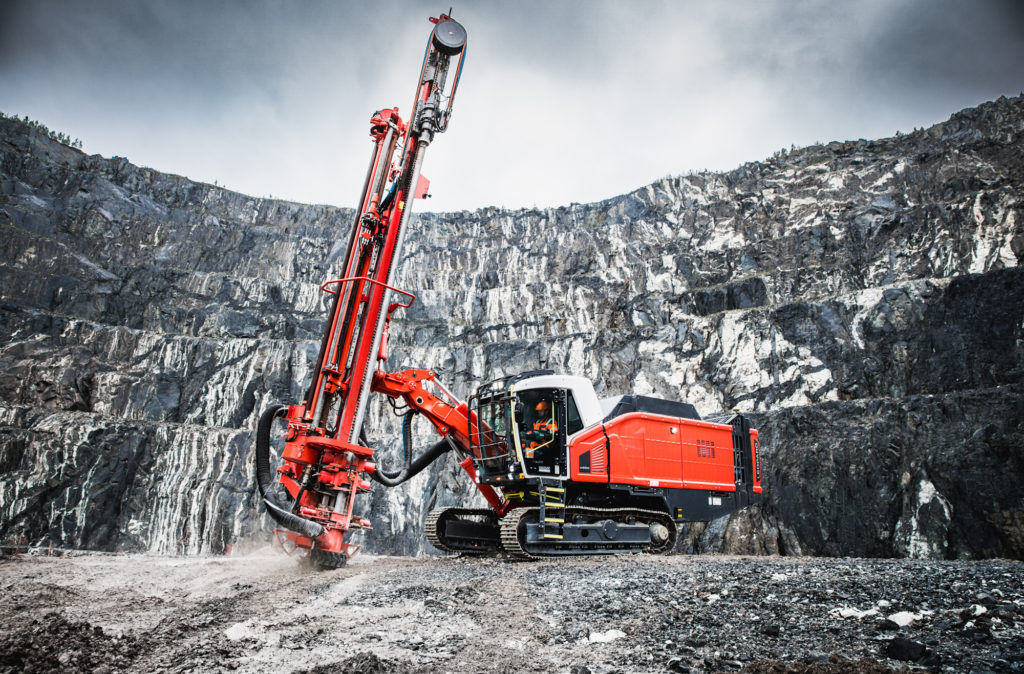Introduction
Barrick Gold (NYSE: GOLD; TSE: ABX), one of the world's leading gold mining companies, has entered into a strategic partnership with Sandvik Mining and Rock Solutions to modernize the surface drilling fleet at its Porgera gold mine in Papua New Guinea. This move underscores Barrick's commitment to leveraging cutting-edge technology to boost productivity at a historically significant operation.
Key Details of the Partnership
In an order placed in Q1 2025, Barrick selected Sandvik to supply seven state-of-the-art surface drill rigs, including four Sandvik DR410i rotary blasthole drills and three Leopard DI650i down-the-hole (DTH) rigs. Deliveries are scheduled to commence in June 2025 and continue through November. These rigs are designed for high-capacity production drilling, with advanced features like reverse circulation (RC) sampling on two Leopard DI650i units for precise ore body identification and grade control.
All seven rigs will be integrated into Sandvik’s Remote Monitoring Service (RMS), a system already implemented across Barrick’s global underground fleet of over 200 connected units. RMS has proven effective in reducing maintenance costs and increasing uptime, a benefit Barrick aims to replicate on the surface operations at Porgera. This deal follows a recent underground equipment supply agreement with Sandvik, with deliveries ongoing through 2028, and builds on a global framework agreement renewed in late 2023.
Background on Porgera Mine
Located at an altitude of 2,300 meters, the Porgera mine has been a key asset since production began in 1990 under Placer Dome, later acquired by Barrick in 2006. The operation, which includes both open-pit and underground mining, was placed on care and maintenance in 2020 before resuming in December 2023. New Porgera Limited (NPL), the operating entity, is 51% owned by Papua New Guinea stakeholders, with Barrick and Zijin holding the remaining 49%. The mine boasts significant resources, with 13.3 million ounces of measured and indicated gold and 5.56 million ounces inferred.
Analysis and Perspective
This partnership with Sandvik appears to be a strategic step for Barrick to modernize operations at Porgera, a mine with substantial potential but also historical challenges, including operational suspensions. The adoption of advanced drilling technology and RMS could indeed enhance efficiency and reduce costs, as Barrick claims. However, questions remain about the long-term sustainability of such investments in a region with complex socio-political dynamics and environmental concerns. While Sandvik’s expansion of local capabilities in Papua New Guinea is a positive move for community engagement, the actual impact on local employment and economic benefits needs closer scrutiny. Additionally, the effectiveness of RMS on surface operations, as opposed to underground, will be critical to monitor, given the different operational variables at play.
Operational Implications
Barrick’s mining executive Glenn Heard highlighted the proven productivity and reliability of Sandvik rigs at other global operations, signaling confidence in the technology. Sandvik’s Mats Eriksson also emphasized the potential for optimized productivity and cost efficiencies through this expanded partnership. With Sandvik’s growing presence in Papua New Guinea, the collaboration could set a precedent for future mining equipment deals in the region, potentially influencing industry standards for fleet modernization.
